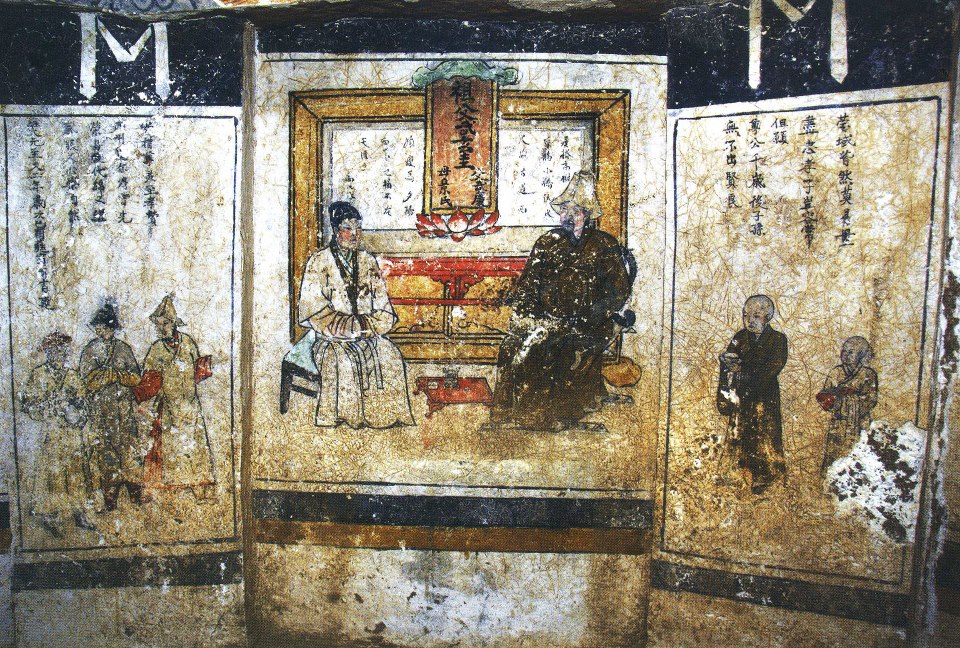June 14 (Fri), 4-6pm, CWAC 153
Professor Sunglim Kim
Dartmouth College
“Flowering Plums: How the Jungin Helped Cultivate Consumer Culture in the Late Joseon Dynasty”
In Korea, the 18th and 19th centuries, the Late Joseon period, saw the rise of a new and increasingly wealthy class of “technocrats” called the jungin, who were the economic beneficiaries of regular tributary missions between China and Korea. The jungin (literally meaning “middle people”), politically marginalized yet educated and culturally “globalized,” poured their wealth and aesthetic desires into representing themselves through material consumption. This lecture explores four developments that characterize this dynamic time in Korean history. First we will see how the jungin’s economic ascendance derived from their special skills, their geographical access to China, their economic privileges, and their location in Seoul. Second, in a major cultural shift, the material consumption of the jungin class was a key ingredient in undermining the traditional Confucian values of material modesty and sensual restraint. Third, this new consumerism was reflected in the art world: art became a commodity, the retail market influenced artistic styles, and the jungin facilitated the art market as producers, middlemen, and consumers. Finally, we will examine how jungin intellectuals attempted to create a unique group identity through the symbolic imagery of flowering plums.
Sponsored by Committee on Korean Studies, the University of Chicago. This is the last meeting of this academic year.
Persons with a disability who believe they need assistance are requested to contact quincyngan@uchicago.edu in advance.


